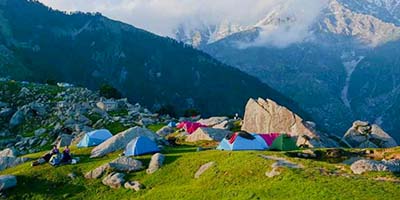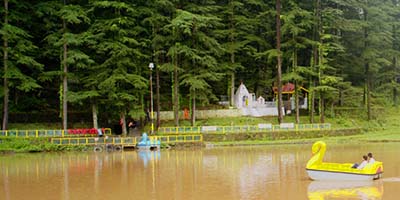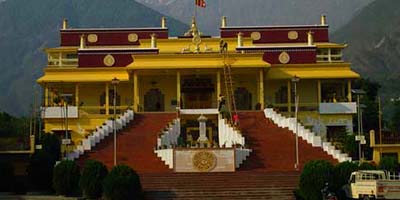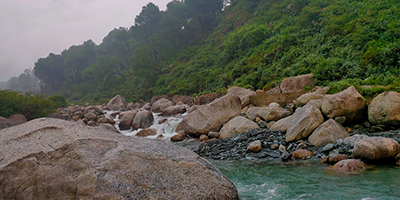





Soon after arriving in Mcleodganj, a suburb of Dharamsala, he realizes that the comparisons made between him and Little Lhasa are not exaggerated. Only to be expected though, as it is the abode of His Holiness the 14th Dalai Lama. Dharamshala is blessed with the same beauty as other parts of the empire, but what makes it different is its strong Tibetan character. He sees prayer waving prayer flags, occasional monasteries and monks in colorful saffron robes. There are plenty of tourist attractions, but mostly, Dharamsala is all about relaxing and enjoying the tranquility found in abundance here.
Dharamsala is located in the Kangra region of Himachal Pradesh. Most people are not aware that there are two parts of the city. One is known as Lower Dharamshala, which is its commercial center and full of markets, courts and the famous Kotwali Bazaar, where you meet everyday objects. Upper Dharamshala is home to Mcleodganj and other buildings that remind you of its ancient times. Two different parts of the city have something different to offer. As a tourist, it gives you the opportunity to relax and enjoy the beauty of the surroundings.
The snow-capped peaks of the Dhauladhar Range look at Dharamsala all the time. The most talked about Tibetan Buddhist culture can be seen in Mcleodganj, which is largely controlled by Tibetan society. It is the downtown area, and is located at an altitude of 2,082 meters. Here, the main street is lined with shops selling Tibetan arts and crafts, as well as restaurants serving a variety of Tibetan cuisine, from Thenthusiasts to momos. Most of the market centers around the Tsuglagkhang Complex, which is the official home of the 14th Dalai Lama. Naturally, it is the destination of Tibetan exiles. Visitors visit it to see the Dalai Lama, explore the museum, watch the monks compete and just enjoy the beautiful scenery of the area.
After you have finished seeing the Tibetan side of Dharamshala, head to St. Mary's Church. John’s Desert, which is a beautiful building from the days of British Raj. Built in 1852, it is based on the neo-Gothic style of architecture. It is one of the few buildings in the region that has remained intact despite the devastating earthquake of 1905. King Elgin was buried in his place. While visiting it, beware of its Belgian stained glass windows.
Bhagsunag Falls is another place to visit during your trip to Dharamsala. From a distance, it looks like a long white silk sheet that is split as it approaches the base. It is located near Mcleodganj and the Bhagsunag Temple. It is best to visit the waterfall from July to September. Dharamshala has a rich history, and visitors are introduced to it at the Kangra Art Museum. To get to it, you have to head to Kotwali Bazaar. It is not large in size, but contains an interesting collection of items. Some of these are famous Kangra paintings, sculptures and sculptures, and sculptures dating back to the 5th century.
Dharamshala is also home to several temples, the two most famous of which are the Chamunda Devi Temple and the Kunal Pathri Temple. Of these, the Chamunda Devi Temple is located about 15 km from the capital Dharamsala. It is revered as Shakti Peeth and is part of the Char Devi Temple in Himachal Pradesh. The temple honors the goddess in her horrible condition, as the destroyer of evil. Although you may find it crowded, you will find it worthwhile to visit. The water tanks inside the temple building are believed to be about 700 years old. Another temple, Indru Nag Temple, offers a spectacular view of Dharamshala and is remarkable for its tranquility. Associated with an interesting legend according to him, King Shiva blesses a demon who worships him deeply but is eventually transformed into a serpent after being cursed by a saint.
Then there is the Gyuto monastery, built in 1989 to commemorate the discovery of the Nobel Peace Prize by the Dalai Lama. It was officially opened by him in 1996. Located at the back of the mountains, the monastery is painted a deep yellow color that makes it stand out from the crowd. You have to climb many stairs to reach the door. Inside the temple, thangkas hung from the temple roof. There are statues of King Buddha and other idols on altars.